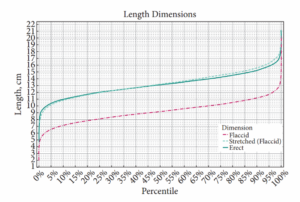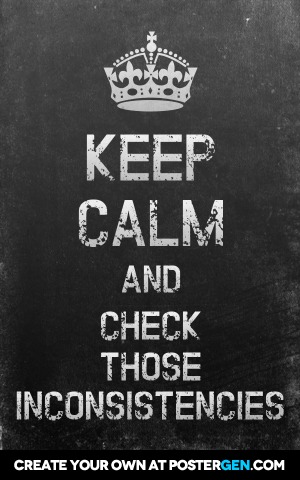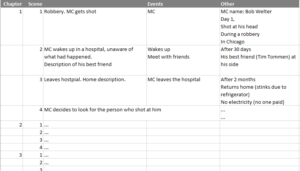Once you finish writing your story, before sending it to your beta-readers or your editor (BTW, also before actually publishing it!) you should remember to do at least one consistency check.
What’s consistency about?
Is what you wrote consistent through the different scenes/chapters of your book? If not, that could confuse or mislead your reader.
Yes, a good editor will catch most of them, a fantastic editor will catch all of them. But think about your beta-readers: do you really want to give them such an unfinished product? Aren’t you a perfectionist, after all? 😉
Thus, there are a lot of types of inconsistencies you need to check for.
Characters’ names
Confusing Tod with Todd, or Ryan with Ray, is something that can easily happen.
Moreover, when you change those names half-way, a simple find-and-replace will not work properly and will leave sections untouched. In your head, the new name will be associated with the same character of Tod/Todd. You may not easily notice the missing replacement.
Locations name and placement
You probably made up a lot of names, write them down! Write down the address of your MC, the address of his friends, the address of the restaurant they are supposed to meet at. You may need it afterwards.
Also, pay attention to their actual location on your world map. You don’t actually have to draw a map, but your characters are not supposed to walk across an entire country in a day (GoT s07e06, anyone?).
Unless the world you made up is really that small 😉
Dresses
This is an issue, especially for an erotic writer. Indeed, we often play with clothes, and it’s important not to lose track of them.
Thus, if you want your female MC to have passionate, impulsive sex while leaning against the wall, you should have her leave her apartment wearing a skirt, unless you want her partner to work his way to her treasures. That may get complicated.
Also, pay attention to the seasons. If it’s a cold winter your character will be unlikely to go out wearing a skirt without a thick pantyhose.
Time
You began your scene with “It was early morning when…” and after a phone call your character found himself ready for bed? Something’s wrong with it.
If you use yWriter, as I do, you can set a time for each of the scenes. It becomes very useful for finding out this kind of issues.

Unit of measures
That’s something I do often, and still, have to get a real hang of it. I write in English, and yet I’m from Italy, where we use the International System of Units.
So what to do? Yards or meters? Pounds or kilograms? Miles or Kilometers?
Answer yourself these two questions:
- Where is my story set?
- From which country are my characters?
- To which readers do I appeal?
And decide what you want to use.
To me, it’s better to stick either to the International System or the British Imperial System, since the American one is too confusing for me and I’d be too error-prone.
On the other hand, I’m sure American readers would prefer to read unit of measures in their own system so if it’s a very important matter for your story, change accordingly.
Well, the only size that matters in my stories is usually around 7-9″, or 18-23 cm, you choose 😉

Events
Yes, you need to check the events. You’ll be unlikely to forget that a character already died, but you may forget something else important.
If your character had hurt his leg, for instance, it’s likely he’ll limp for some scenes. If he shot at someone with a good gun and no ear protection, he may be unable to listen properly for a while.
In my opinion, though, events consistency is something that requires – alone – at least an entire reading round.
Other things
There are for sure lot of other things to check, depending on the complexity and the genre of your tale.
Did you make up a Company? Check its name through the entire story.
Did you write that the Company has 100.000 employees? It’s unlikely a normal accountant would be on familiar terms with the president, and so on…

How to check for those inconsistencies?
Once I have done a simple analysis of what really matters to your story, based on the list above (and more), I follow this simple process:
- I read my (almost) finished story focusing on the terms, not on the structure or sentences (they’ll be likely changed by the editor, anyway
- While I do this, I write short scene descriptions (1 or two lines), divided into chapters
- At the side of each scene, I have two columns.
- In the first, I write the main events happening in the scene
- In the second I write all the terms and important info, based on the list above, as I encounter them the first time
- When I encounter them a second time, I just check if I wrote them in accordance with what I decided, if it makes sense, etc…
In those columns, you can, of course, write whatever you need, but try to focus on important things that lead often to inconsistencies, as written above.

Above you can see a not-real sample of what I wrote. Here, you can download the same Excel file to start your consistency check.
I reccomend using real paper, anyway. It gets messy, and that’s food for your thoughts.
It’s easy, and it can help increase the quality of your books a lot.
Afterall, not even a beta-reader likes to read mistakes.
